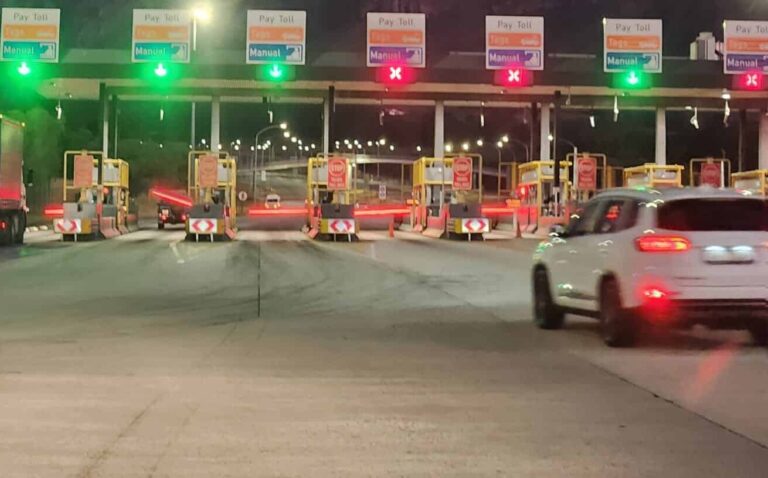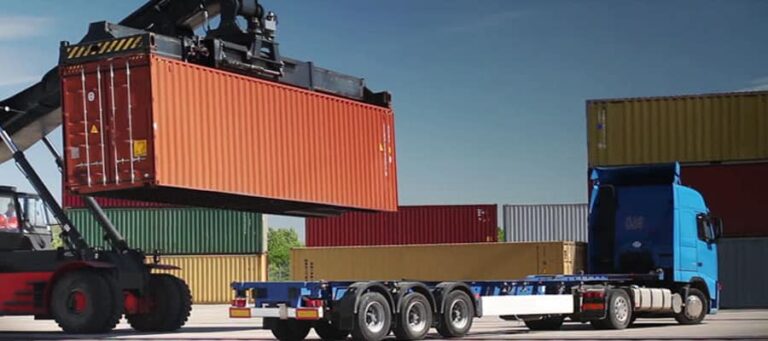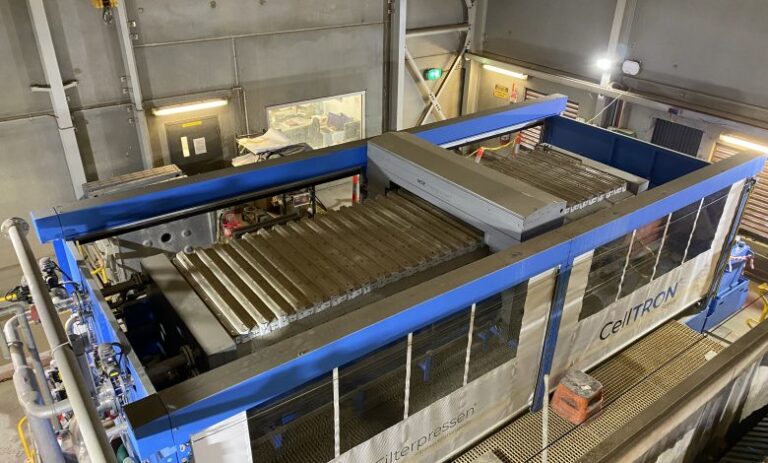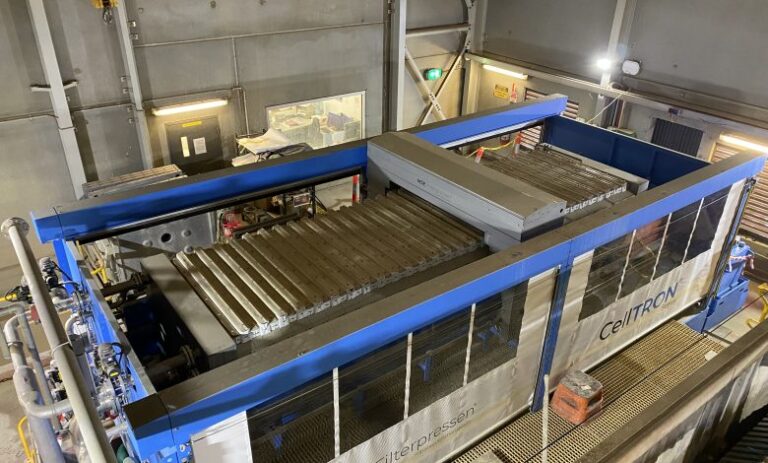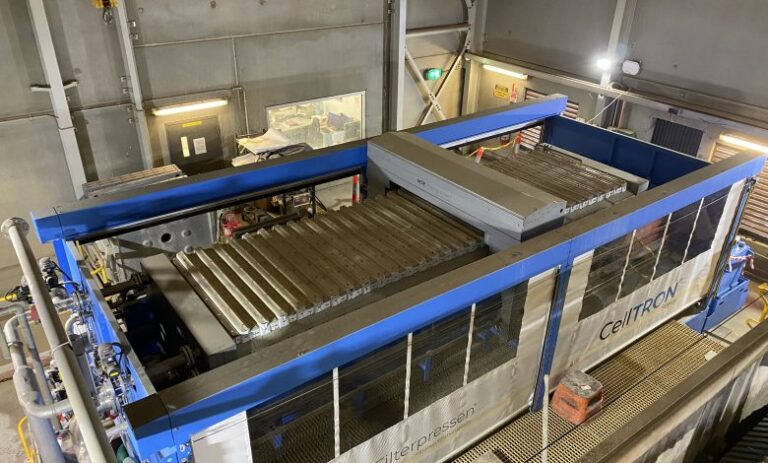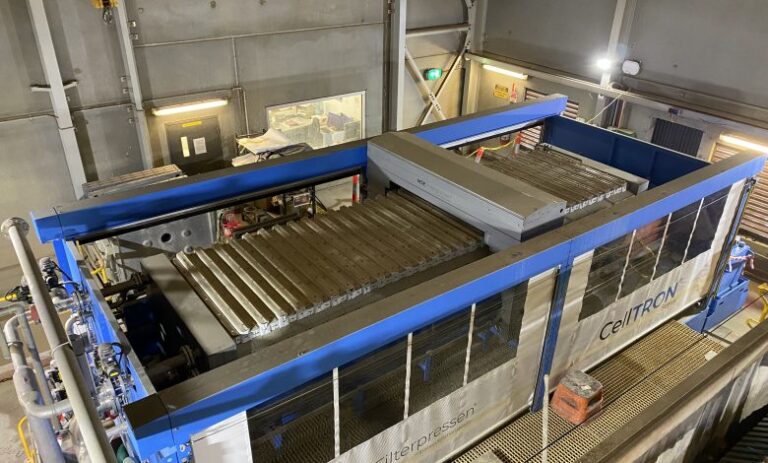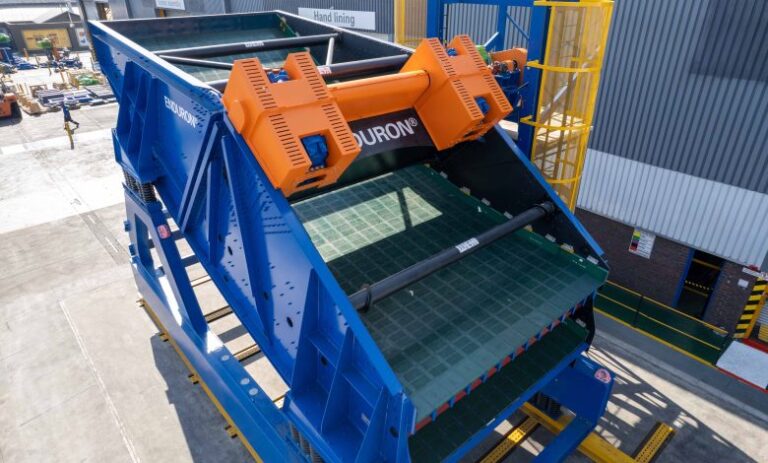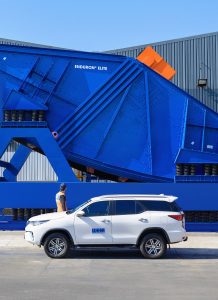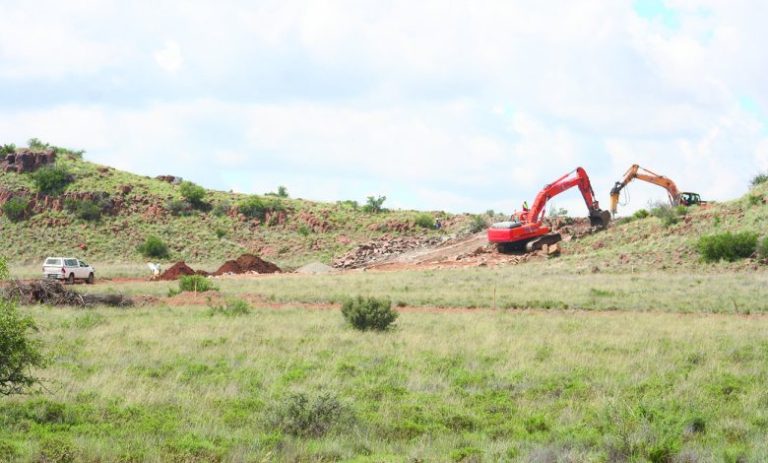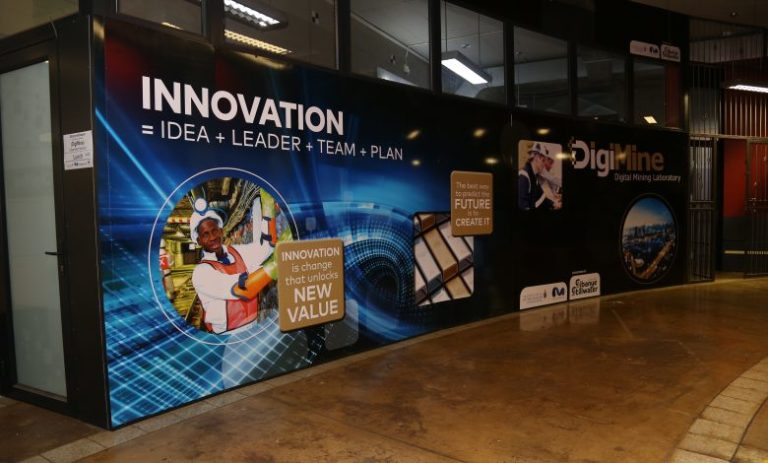CEVA Logistics efficiently transported five massive XG130 47-ton dump trucks from South Africa to the Democratic Republic of Congo.
The Project Logistics team played a pivotal role in facilitating this complex operation, which spanned nearly 2,900 kilometers through diverse and challenging terrains. To meet the critical project deadline, meticulous operational planning and localized expertise were essential at each stage of transportation.
– Time-Critical Execution: The timeline between the project’s initiation and delivery was exceptionally tight, requiring expedited coordination and transport planning. This involved rapid communication with all stakeholders to ensure that every logistical step was aligned with the customer’s urgent requirements.
– Inspection Handling: Securing timely inspections from Bureau Veritas was crucial. The team had to quickly coordinate these inspections while synchronizing with the availability of the trucks and ensuring that all necessary cross-border documentation was prepared in advance.
– Cross-Country Transport: The transport route involved navigating through multiple countries, including South Africa, Zambia, and the DRC. This necessitated meticulous attention to documentation and rigorous compliance with various trade regulations, requiring the diligent preparation of paperwork to avoid potential delays or legal issues.
– Specialised Transport: Given the oversized nature of the dump trucks, specialized transport vehicles capable of managing this out-of-gauge cargo were booked promptly. The team worked closely with regional authorities to secure the necessary permits, ensuring that all logistics were in place to accommodate the heavy loads.
To address the tight project timeline, the Project Logistics team immediately initiated comprehensive port clearance procedures once the shipment details were confirmed. They swiftly secured vehicles that met the heavy cargo requirements and arranged for Bureau Veritas inspections within 48 hours. Simultaneously, all relevant documentation was processed to pre-empt any delays.
CEVA’s local cross-border teams expertly managed interactions with border agents, permit offices, and regional enforcement authorities, guaranteeing that the convoy moved seamlessly and without interruption across three national borders. The integrated project control and robust supplier network allowed CEVA to orchestrate the operation effectively, overcoming challenges posed by rough terrain and complex regulatory landscapes.
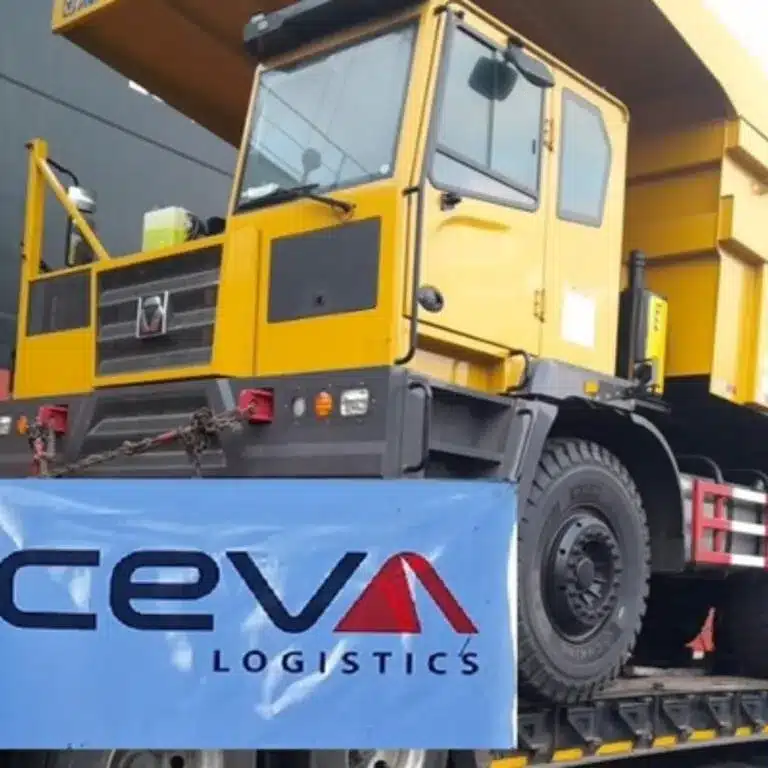
Ultimately, despite the size and urgency of the operation, the convoy departed from Durban as scheduled and arrived in Kolwezi within the required timeframe. This accomplishment stands as a testament to CEVA’s exceptional project management capabilities and its strong relationships with suppliers and regulatory bodies. The successful delivery not only met but exceeded the customer’s expectations, ensuring that their project could proceed without delay.



